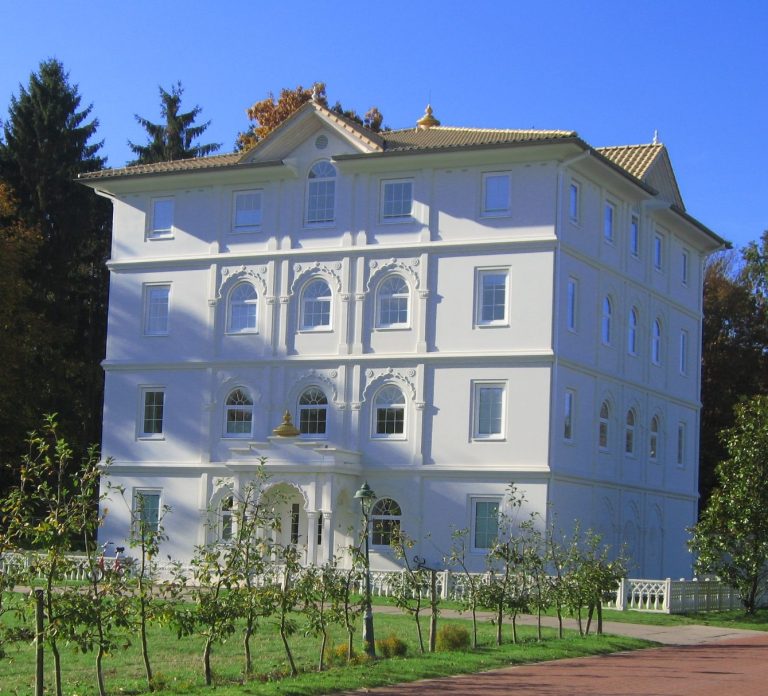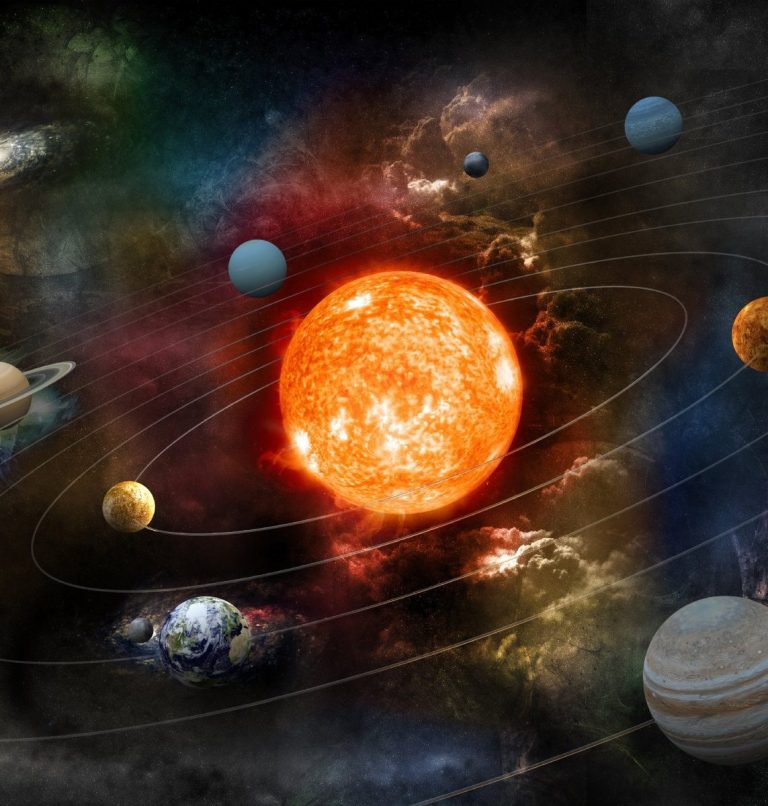
Sthapatya Veda - Building in harmony with nature
Sthapatya Veda or Vastu Vidya, a science that has its origins in the Vedic culture of India, imparts comprehensive knowledge about the construction of life-supporting buildings. These principles are valid regardless of age, culture and climate. A house built in harmony with the laws of nature promotes harmony and contentment because its energy field has a positive influence on its inhabitants.

What means Sthapatya Veda
The Sanskrit word "sthapan" means to create or establish. Its Indo-Germanic root "stha" is found in many German words such as in stability, city (Stadt), stand, statue and so on. The word Veda stands for knowledge or - more precisely - knowledge of natural law. Sthapatya Veda means order. In relation to a building, this means that cosmic laws are anchored in the structure of the building, the same laws that organise the universe. As a result, each part of the building has a specific relationship to the whole. This relationship between the individual parts and the whole creates a harmony of space and environment. Sthapatya Veda architects call these qualities Vastu and Brahmasthan.

Vastu and Brahmasthan
Vastu is the name of the area inside the outer perimeter line (fence) around the house. The name is derived from the Sanskrit word vasa, which means "plot of land for constructing a building".
The brahmasthan is the central place, the energetic centre of a house. The Brahma-Sthan represents the place (Sthan) of wholeness (Brahm) from which all other rooms of a building are supported. It forms the heart and represents the intelligence of the house. It generates a constructive energy for the occupants. This area should be free from disturbing influences such as supports or walls.

Building plot
An important factor is choosing the right plot, its location and shape play a crucial role. According to the Sthapatya Veda, square and rectangular plots are most favourable. The orientation of the building according to the cardinal points and the use of accurate mathematical measurements and proportions must be taken into account as well as the surroundings.

Sun influence
The sun is the strongest influence of natural law on earth. It creates the daily and seasonal rhythms of life in all its forms. As the sun moves across the firmament from east to west, it emits different qualities of light that create individual influences in different areas of a house. Sthapatya Veda buildings are always designed so that these light energies support the activities in the different rooms of the house. The main entrance of the house should be in the east so that the first rays of the sun bring energy and power. The sun is a life-giver, without it there would be neither light nor life. Especially in the morning it gives positive energies and this is supported by doors and large windows in the east of the house.
© cradle-to-cradle
All rights reserved.
Wir benötigen Ihre Zustimmung zum Laden der Übersetzungen
Wir nutzen einen Drittanbieter-Service, um den Inhalt der Website zu übersetzen, der möglicherweise Daten über Ihre Aktivitäten sammelt. Bitte prüfen Sie die Details und akzeptieren Sie den Dienst, um die Übersetzungen zu sehen.
